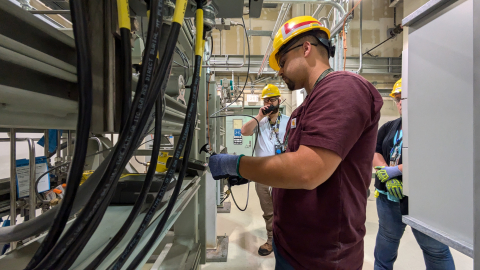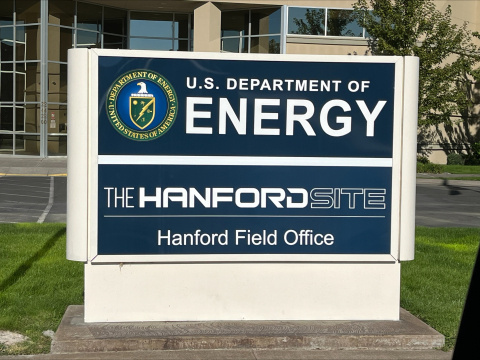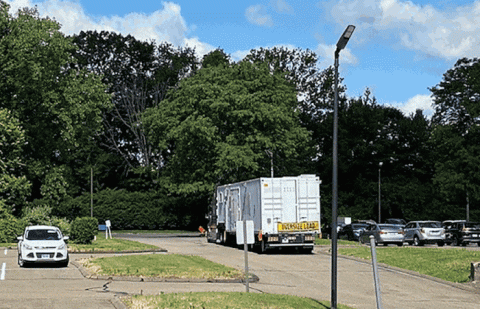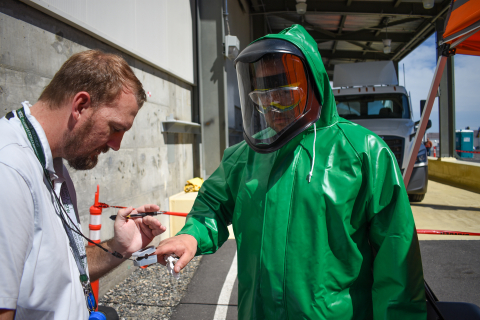The scores are in, and the Hanford Site received a perfect 10 — that is, 10 consecutive years of treating more than 2 billion gallons of contaminated groundwater, an achievement that highlights continuous, consistent cleanup progress.

The U.S. Department of Energy Office of Environmental Management and its Hanford Site contractors joined with the Hanford Atomic Metal Trades Council and the Central Washington Building and Trades Council to establish the Hanford Workforce Engagement Center in 2018 to provide current and former Hanford workers and their families free assistance in addressing occupational health concerns.

Workers at the Hanford Site’s Waste Treatment and Immobilization Plant have completed testing key safety systems inside the plant’s Low-Activity Waste Facility, moving the facility toward commissioning to support the Direct-Feed Low-Activity Waste Program to immobilize tank waste in glass.

The Hanford Site Traffic Safety Committee recently shared a new video with site employees. It provides tips on commuting safely and common hazards to watch for while driving to, from and around the Hanford Site.

The two U.S. Department of Energy offices responsible for performing the Hanford Site’s environmental cleanup work have been combined under a new name, the Hanford Field Office, beginning today.

Crews at the Hanford Site recently welcomed the return of specialized equipment sent offsite for refurbishment nearly a year ago.
A contractor is using an innovative system at the Hanford Site to cut into a waste-filled underground tank, showcasing new technology that improves efficiency and reduces worker and environmental risks.

Over the past year, the Hanford Site’s Waste Treatment and Immobilization Plant team has implemented innovative safety programs that have helped reduce injury rates to 75% below the industry average.

A Hanford Site contractor is investing in employee growth with a program to develop leadership and communication skills, create mentorship opportunities and encourage leadership interactions.

The U.S. Department of Energy and an association that helps worksites advance safety and health goals recently presented 21 awards to contractors across the cleanup complex for achievements in safety, health, innovation and outreach.

